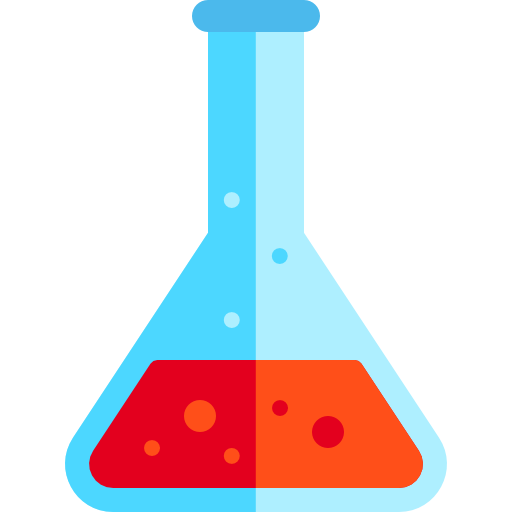R & F® Bacillus cereus Group (BCG) Chromogenic Plating Medium
Documentation Links:
Certificate of Analysis
SDS
SDS Bacillus cereus Group agar

Colony Appearance
Species within the Bacillus cereus group will appear as dark to medium turquoise, flat, glossy to dull colonies. Depending on the species, colonies can range between 1.0-5.0 mm in diameter, with or without a cream ring, after incubation at 35°C for 24-28 h. Select B. cereus group species that grow include B. anthracis, B. cereus, B. cytotoxicus, B. mycoides, B. pseudomycoides, B. thuringiensis, B. toyonensis, B. weidmannii, and B. weihenstephanensis.
Many other Bacillus species, outside the Bacillius cereus group, will not grow. However, Enterococcus sp., Staphylococcus sp., and Brevibacillus sp. may grow, but will produce white pinpoint colonies. Gram (-)s and fungi are inhibited.

Mechanism
Our plating medium contains the chromogen X-choline phosphate (X-CP) that detects the enzyme phosphatidylcholine-specific phospholipase C (PC-PLC), a virulence factor present in the B. cereus group. The chromogen is hydrolyzed by the enzyme and results in an insoluble -indoxyl intermediate that forms a turquoise-colored lattice within the bacterial colony. The color of Bacillus cereus group species are dark to medium turquoise. Other Bacillus strains that are absent for PC-PLC activity, will remain as white colonies or will not grow due to the plating agar's inhibition system.

Industry Types
Dehydrated starch base products, frozen soups, frozen meals, dairy products including fluid milk, untreated drinking water, and cosmetics.
See Product Brochure, Use Protocol, SDS, Certificate of Analysis and Medium Preparation for more information about our medium.

Advantages/Benefits
1. Our chromogenic medium is the only agar that uses a specific chromogen that detects the virulence factor, phosphotidylcholine-specific phospholipase C (PC-PLC), which results in an insoluble turquoise-colored pigment that remains within the colony.
2. Inclusivity and exclusivity, as well as the plating efficiency, were tested to be 100%. Other non-Bacillus cereus group species will be inhibited or appear as white colonies.
3. Our chromogenic medium uses a 22-28 hour incubation period at 35°C; where as competitor agars may require 48 hours of incubation to isolate Bacillus cytotoxicus strains.
4. MYP (Mannitol Egg Yolk Polymyxin) agar is a commonly used plating medium that utilizes lecithinase activity from egg yolk in the agar. Zones of precipitation (halos) of individual colonies may coalesce which often interferes with colony enumeration leading to enumeration inaccuracies.
5. The shelf life of prepared plates remains stable for at least 60 days, stored in the dark at 2-8°C. One bottle of plating medium powder and one supplement box will make approximately 230 plates.

Publications
Nguyen, P.T., & Restaino, L. (2024). Isolation and enumeration of the Bacillus cereus group using a chromogenic substrate that targets phosphatidylcholine phospholipase C activity. Journal of Food Protection. 87(11), 100376. https://doi.org/10.1016/j.jfp.2024.100376

Ordering Information
M-2050
R & F® Bacillus cereus Group Detection System
(240 g Bottle of Powder & One Supplement Box – Makes 220-240 Plates)
M-2000
R & F® Bacillus cereus Group Chromogenic Plating Medium (240 g Bottle)
M-2010
R & F® Bacillus cereus Group Supplement for Plating Medium (1 Box)
M-2060
R & F® Bacillus cereus Group Chromogenic Prepared Plate
(Minimum Order of 20 Plates – Shelf life is 60 Days)
